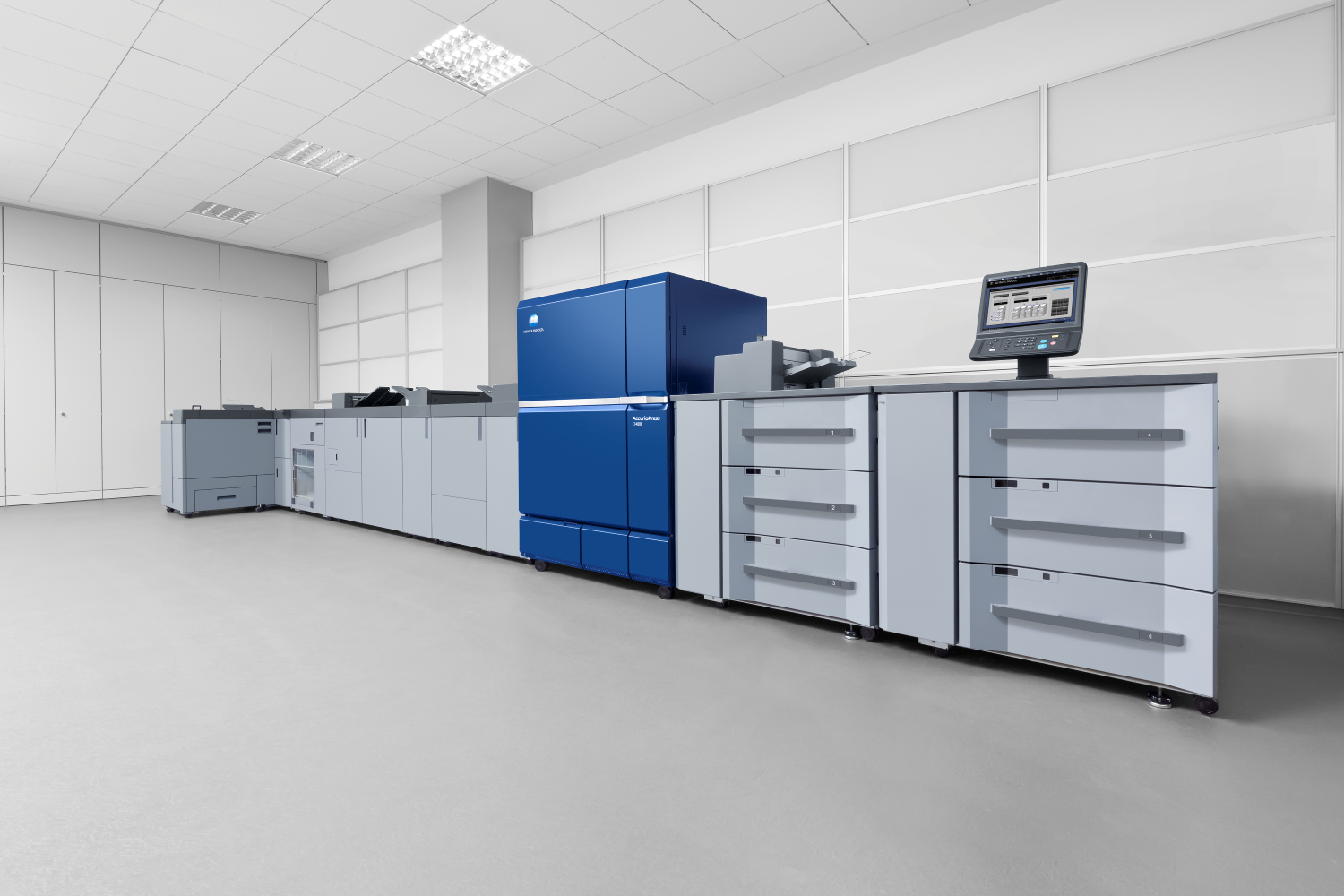Because accounts payable (AP) is a back-office function, it doesn’t always take centre stage as businesses look to grow or sharpen competitive advantage. In fact, AP often takes a back-seat to your company’s competing priorities. Often considered one of the most burdensome processes, AP can prove costly to your business due to paper-based invoices getting lost, incurring late-payment fees and damaging supplier relationships. Likewise, there is the risk of paying invoices twice because there is no reliable system to identify duplicates.
Your business needs fast, accurate invoice processing, so investing in an automated system could let you manage the AP process more effectively and efficiently by leveraging the power of technology.
What is AP automation?
AP automation streamlines the invoice processing workflows in an organisation. Through data capture software you can collect and store emailed and scanned invoices to a central location, and extract key field data to process the invoices digitally.
AP automation can be integrated into your existing finance system and retains data in all its forms for error-free access, taking the pressure off the month end crunch.
Benefits of AP automation
Using an AP automation solution can benefit your company in two key ways:
1. Better control of received and invoiced goods
Automated AP systems let you electronically match purchase orders and even goods received notices, which significantly reduces the amount of manual work and processing time required. A recent survey from AIIM and Konica Minolta found that 27 per cent of organisations report their average time for invoice data entry, validation, and approval using paper is three to five days. Automation can greatly reduce this, with 26 per cent of businesses reporting that their automated AP system allows them to complete these same activities in less than a day.[1] Likewise, your employees can quickly access invoices and their supporting content, gaining an overview of AP information to check accuracy and review status. This reduces costs for your company because potential errors can be flagged and resolved earlier in the process, allowing you to make faster business decisions.
2. Increase visibility and insights
AP automation can give your business visibility and insights by analysing invoice data to show you how much you are spending, on what, with which suppliers. This can help your company identify where you can save money by choosing a cheaper supplier and can help you negotiate better deals from existing key suppliers. A study by Ardent Partners and Certify discovered that improving AP reporting and data analytics was the top priority for 48 per cent of organisations surveyed.[2] Therefore, gaining a deep level of visibility into invoices and reports can yield significant cost savings through digital data analysis.
These key benefits mean you can save time and resources on AP processes to improve speed, visibility, accuracy, and control. This will improve your supplier relationships and increase employee productivity as they no longer have to push so much paper around.
Keys to a successful AP solution
If an AP automation solution sounds like something that could benefit your business processes, you should consider the following key areas:
1. Identifying the core business problem
While the biggest area of focus in AP is manual data entry, you should consider other factors that are involved in the invoicing process, including the scanning and emailing of invoices, chasing signatures for approvals, and sourcing invoices when checks are required. Doing this will help you identify areas where the quickest return on investment can be achieved, helping you determine the core areas for improvement.
2. Document your existing process and commit internal resources to the project
Mapping out your current process can provide you with a clear view of where automation will have the biggest impact across your AP systems, while also identifying potential obstacles to overcome. This activity will also help you to determine the required time and resources required for the implementation of AP automation, including dedicating a lead project manager to drive the project and incorporating time required from your stakeholders.
3. Design your solution based on key suppliers
When designing your AP automation solution, determining your core suppliers that make up the majority of your invoices lets you apply the business rules based on them. This will result in a smoother implementation of the solution as only the exceptions have to be altered individually.
4. Accept an imperfect result
While the final result may not be the fully automated solution you imagined when you began the process, focusing on the key objectives you initially identified will allow you to determine the relative success of the project. Reducing the time to enter invoices may mean that your employees can process invoices in half the time they would manually, which can result in reduced costs and a far more efficient workforce.
To find out how your business can incorporate an AP automation solution, contact Konica Minolta today.
[1] The Winding Road to World-Class AP Automation eBook
[2] The State of ePayables in 2019: Driving Value in the Age of Intelligence





